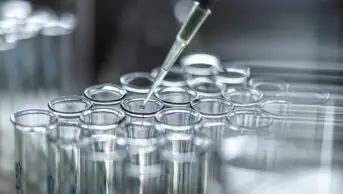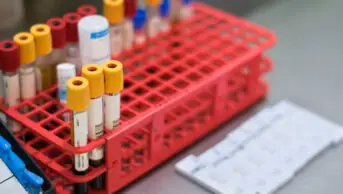
C J Guerin, PhD, MRC Toxicology Unit / Science Photo Library
An altered blood-brain barrier (BBB) in childhood has been linked to cerebral palsy and to complications from traumatic brain injury. Research into these conditions may be facilitated by the availability of a synthetic paediatric BBB on a chip.
Called the B3C, this physiologically realistic model has two compartments – vascular and tissue. In a proof-of-principle study reported in Nature
[1]
, researchers grew rat brain endothelial cells on one side of the chip and then evaluated the barrier formed by the cells under static and flow conditions.
They found that the barrier developed realistic tight junctions and had different permeability depending on the size of the molecule trying to cross to the tissue side, making it a promising in vitro model of BBB function in health and disease.
References
[1] Deosarkar SP, Augelli B, Prabhakarpandian B et al. Development of a Novel, Physiologically and Anatomically Realistic in vitro Pediatric Blood Brain Barrier on a Chip. Abstract P1525 to be presented at ASCB/IFCB meeting, Philadelphia, PA, USA, 8 December 2014.


